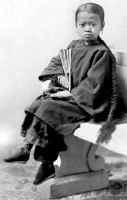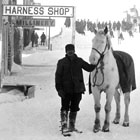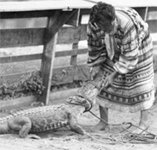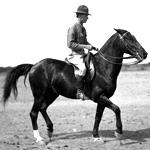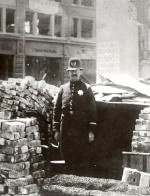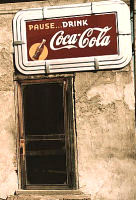Digital Scriptorium

Embracing 12 digitized collections, five exhibits, and six student projects, this website contains a wealth of primary documents. Collections include two websites related to advertising—Emergence of Advertising in America, 18501920 and Ad*Access—in addition to a collection of health-related ads from 1911 to 1958 in Medicine and Madison Avenue.
George Percival Scriven: An American in Bohol, The Philippines, 18991901 presents a firsthand account by a U.S. officer of life during the occupation. Civil War Women offers correspondence and a diary relating to three American women of diverse backgrounds. African-American Women presents letters by three slaves and a memoir by the daughter of slaves. The Emma Spaulding Bryant Letters presents 10 revealing letters written in 1873 by Mrs. Bryant to her husband concerning medical and private matters.
Historic American Sheet Music includes more than 3,000 pieces published between 1850 and 1920. Documents from the Women's Liberation Movement offers more than 40 documents from 1969 to 1974. William Gedney Photographs and Writings provides close to 5,000 prints, work prints, and contact sheets from the 1950s to the 1980s. Urban Landscapes present more than 1,000 images depicting urban areas.
